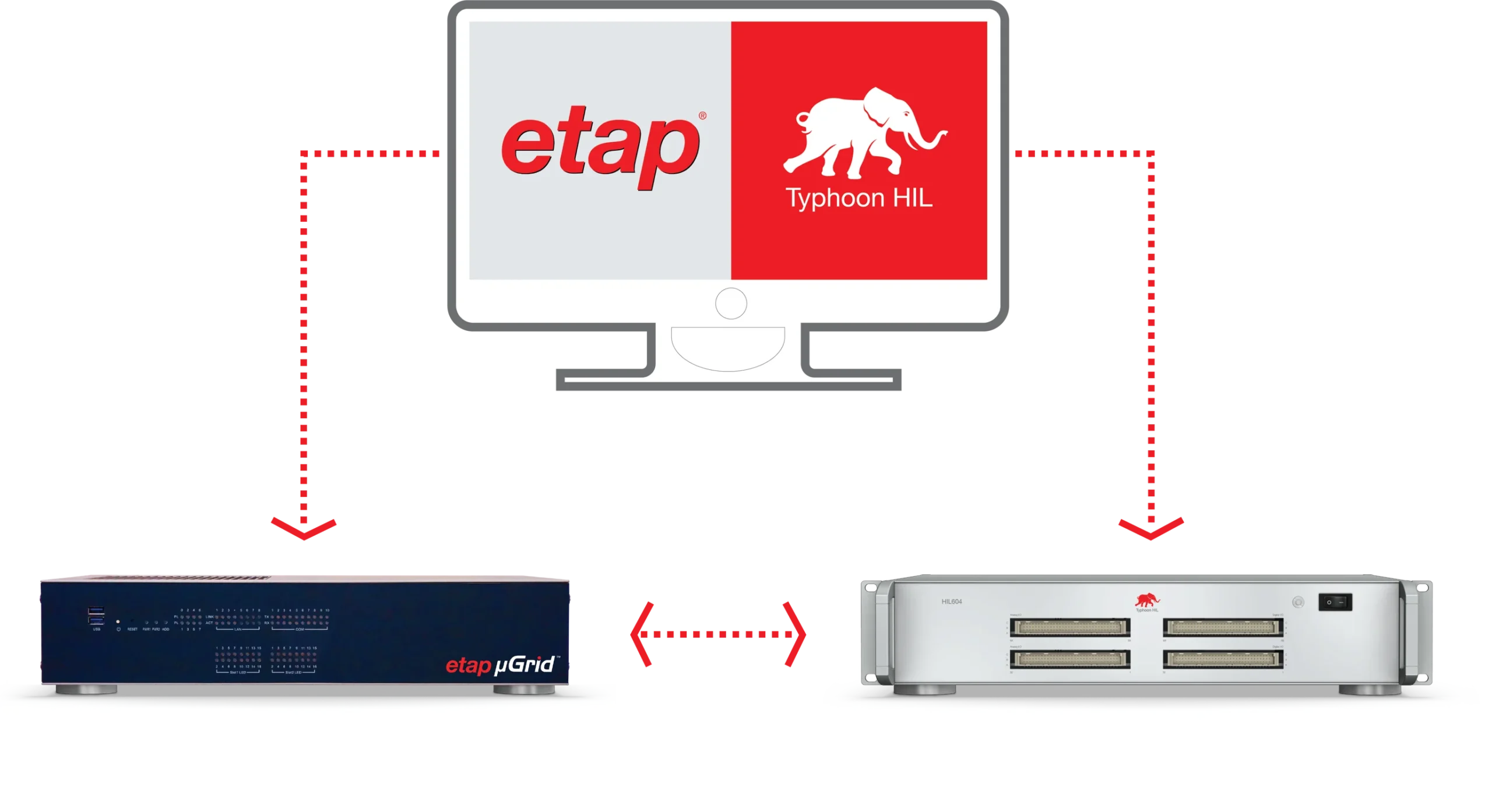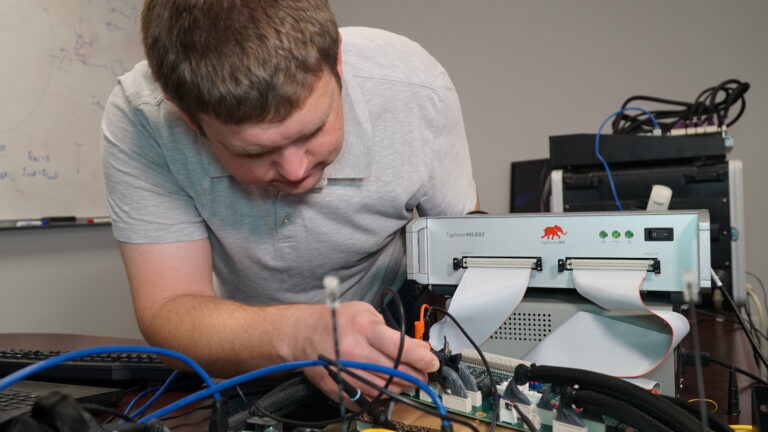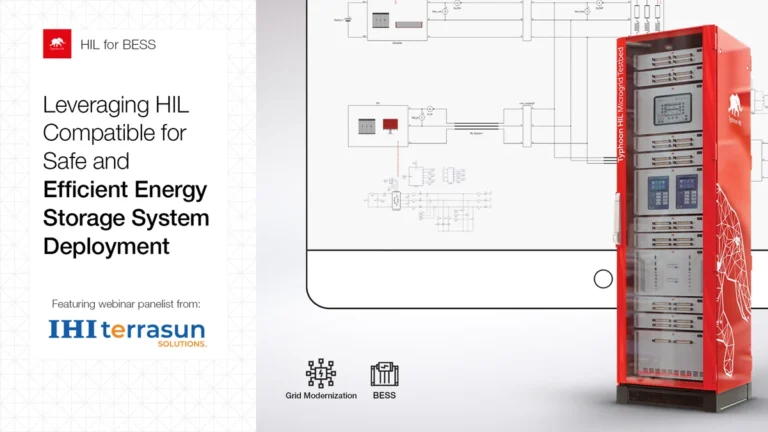What is the challenge?
The electric power systems are going through a transition that encompasses digitalization, decentralization, and decarbonization. This will lead to more resilient power grids due to the higher adoption of digital technologies, renewable power sources, and new battery storage systems. Everyone will benefit from the enhanced control, efficiency, and maintenance capabilities, but it all has to start with smart test-driven design. There is a need for integrated solutions to improve power system performance which will be data-based, so the systems are built with the end specs in mind and thoroughly tested throughout all possible test scenarios in an automated manner.
Who are the problem solvers?
ETAP is an analytical engineering software specializing in the design, simulation, monitoring, control, analysis, optimization, and automation of electrical power systems. On the other hand, Typhoon HILis specializes in providing powerful ultra-high-fidelity hardware-in-the-loop (HIL) systems for comprehensive microgrid and power electronics controls test, verification, and pre-certification.
The solution and its benefits
ETAP controllers can be deployed to the ETAP microgrid controller hardware, and are also plug-and-play compatible with Typhoon’s solutions. ETAP’s controller can see all I/O signals exposed by Typhoon HIL hardware and allows for quick and easy configuration, reducing the time needed to configure I/O, tags, data slaves, and masters. This also reduces the man-hours to test both electrical and control systems in a closed loop.
Relying on this integration capability with Typhoon, ETAP users can simulate their microgrid in real-time and in the electromagnetic transient domain, and so test and validate their control at electromagnetic waveform-level detail. Typhoon users can benefit from the large models created in ETAP and simulate them in real-time in Typhoon hardware. Additionally, the compatibility offers unique capabilities such as digital twins for predictive analysis and an easy-to-debug environment to control microgrids at lower cost and higher reliability.
Conclusion
Controller HIL(C-HIL) is a way of testing microgrids and power electronic controllers at lower costs. Typhoon HIL real-time devices allow for the simulation of a computer model of a physical system to be executed at the exact same rate as the actual time evolves. Such real-time performance makes the microgrid controller testing and verification possible before field deployment.
Credits
Authors | Debora Santo
Visuals | Typhoon HIL
Editor | Debora Santo



